Exhibit at Wadsworth Atheneum Shows Hartford Roots
/Life and art come full circle this month at the Wadsworth Atheneum in Hartford, with the opening of an historic exhibition with an unmistakable hometown connection. Frederic Edwin Church was a prominent American landscape painter in the 1800’s, born in Hartford, and a central figure in the Hudson River School of American landscape painters.
His family wealth came from Church's father, Joseph Church, a silversmith and watchmaker in Hartford. Joseph subsequently also became an official and a director of The Aetna Life Insurance Company. Joseph, in turn, was the son of Samuel Church, who founded the first paper mill in Lee, Massachusetts in the Berkshires, which allowed Frederic to pursue his interest in art from a very early age, according to the website that features his work.
At eighteen years of age, Church became the pupil of Thomas Cole in Catskill, New York after Daniel Wadsworth, a family neighbor and founder of the Wadsworth Atheneum, introduced the two. Now, the Wadsworth Atheneum Museum of Art will present “Frederic Church: A Painter’s Pilgrimage,” bringing together approximately 50 of the celebrated Hudson River School painter’s compositions of sacred terrain in the Middle East and the Mediterranean.
“This is a rare opportunity for our audience to explore a side of Church’s working process and fierce entrepreneurship beyond the usual experience of landscape paintings,” says Robert H. Schutz, Jr., Associate Curator of American Paintings and Sculpture Erin Monroe. “Church’s story started in Hartford, so it is particularly fitting for the Atheneum to feature this exploration of his pilgrimage as a way to reconnect the artist with his personal and professional origins.” The exhibition opens to the public at noon on June 2 and is on view through Aug. 26.
A leading painter of 19th-century America, Frederic Church was the most popular and financially successful painter in the United States during his lifetime. As a young artist Church’s first formal training was facilitated by Atheneum founder Daniel Wadsworth, who arranged for Church’s apprenticeship with painter Thomas Cole, the father of the Hudson River School. While committed to the natural sciences, Frederic Edwin Church (1826–1900) was "always concerned with including a spiritual dimension in his works".
Organized by Kenneth J. Myers, curator of American art at the Detroit Institute of Arts, “Frederic Church: A Painter’s Pilgrimage” explores the enduring appeal of pilgrimage through a lesser-known body of work resulting from the artist’s journey to powerful sites of spiritual and historical significance in the late 1860s.
 As he further established his career, Church traveled to remote places to sketch majestic scenes unfamiliar to his American audience, turning them into dramatic, large-scale paintings. These travels provided Church with ideas and material to produce major paintings for his wealthy patrons, including prominent American industrialists and financiers such as Hartford’s Timothy Mather Allyn, J. Pierpont Morgan and firearms manufacturer Elizabeth Hart Jarvis Colt.
As he further established his career, Church traveled to remote places to sketch majestic scenes unfamiliar to his American audience, turning them into dramatic, large-scale paintings. These travels provided Church with ideas and material to produce major paintings for his wealthy patrons, including prominent American industrialists and financiers such as Hartford’s Timothy Mather Allyn, J. Pierpont Morgan and firearms manufacturer Elizabeth Hart Jarvis Colt.
From 1868–1869, Church, his wife and their young son visited the lands of modern-day Syria, Lebanon, Israel, Palestine, Jordan and southeastern Turkey, with Church taking expeditions to Athens, Damascus, Petra, Baalbek and Jerusalem. Church made countless small-scale pencil drawings and oil sketches on these trips, noting observations including colors, light, time of day and even weather patterns. Upon returning to his New York studio Church created large-scale compositions.
“These historic views are especially compelling and relevant now,” says Monroe. “It is a chance to foster conversation around the destruction and urgent need for preservation of cultural heritage sites in the 21st century.”
An illustrated catalogue accompanies the exhibition. Tours of “Frederic Church: A Painter’s Pilgrimage” are offered Saturdays and Sundays at 2:30 p.m. from June 9–Aug. 26. Free lectures include “Sacred Geographies: Frederic Church, the Holy Land, & the Hudson Valley” with Yale University professor Jennifer Raab, June 12 at 6 p.m. “Art After Dark: Rock the Kasbah” on June 7 at 5 p.m. will feature live music, exhibition tours and an outdoor bazaar; tickets are $5-10.


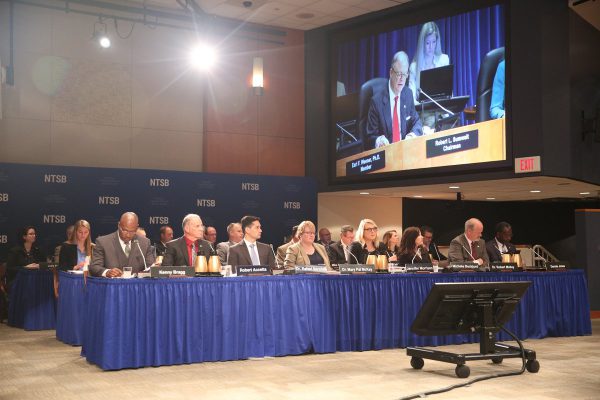
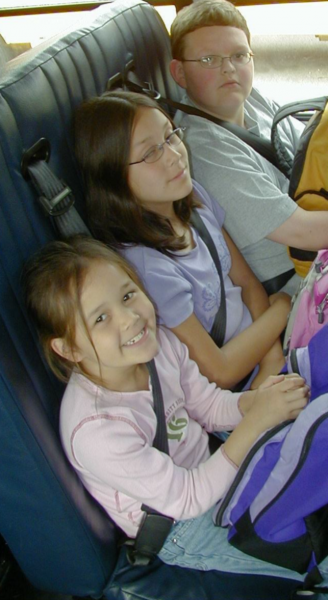
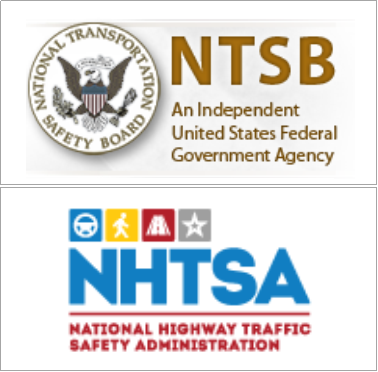

 The top five female names in Connecticut in 2017 were Olivia (230), Emma (219), Ava (169), Mia (162) and Sophia (159). The leading names selected for boys were Noah (222), Liam (208), Logan (189) Jacob (187), and Michael (175).
The top five female names in Connecticut in 2017 were Olivia (230), Emma (219), Ava (169), Mia (162) and Sophia (159). The leading names selected for boys were Noah (222), Liam (208), Logan (189) Jacob (187), and Michael (175).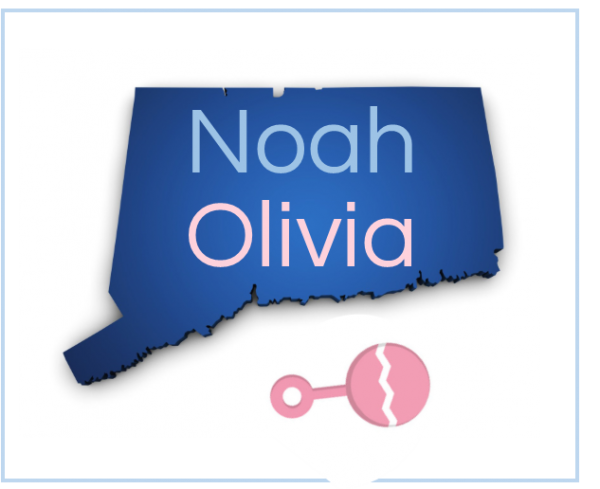

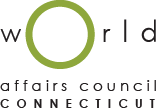
 Honored at the event, and participating in a conversation moderated by CBS News medical correspondent Dr. Max Gomez, highlighting their work in the field, were:
Honored at the event, and participating in a conversation moderated by CBS News medical correspondent Dr. Max Gomez, highlighting their work in the field, were:

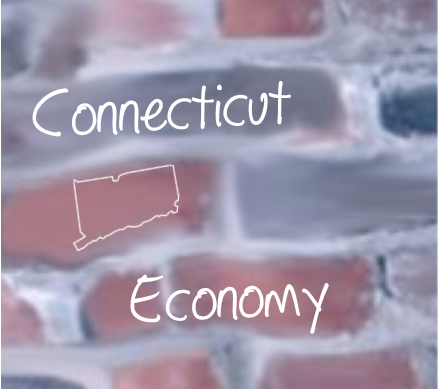 y contracted by 0.9 percent annually while Massachusetts and New York grew by 1.6 percent and Rhode Island by .6 percent, according to data from the U.S. Bureau of Economic Analysis.
y contracted by 0.9 percent annually while Massachusetts and New York grew by 1.6 percent and Rhode Island by .6 percent, according to data from the U.S. Bureau of Economic Analysis.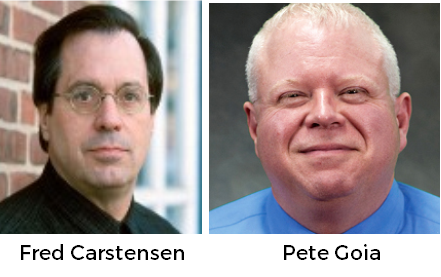 numbers has not meant economic growth.
numbers has not meant economic growth.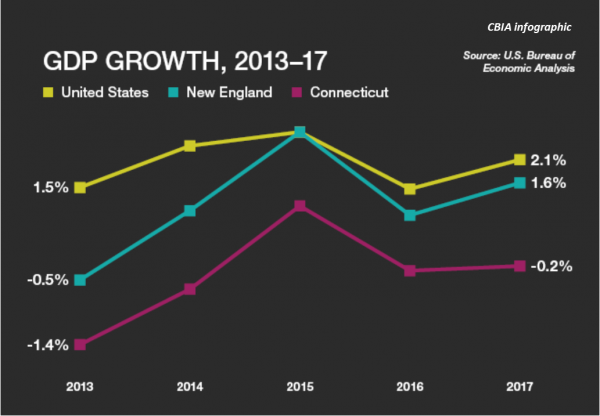



 Manufacturing, the sector with the most losses since 2012, is down 8,600 jobs in the five-year period. Educational Services employment (public and private) which has long been a sector with employment growth, declined during the 2015 to 2017 period, influenced by decreases in school-aged population and state and local budget issues.
Manufacturing, the sector with the most losses since 2012, is down 8,600 jobs in the five-year period. Educational Services employment (public and private) which has long been a sector with employment growth, declined during the 2015 to 2017 period, influenced by decreases in school-aged population and state and local budget issues.
 nanostructures, or Netflix. They did, however, have a vision that the academy would be dedicated to new knowledge—and these new members help us achieve that goal.”
nanostructures, or Netflix. They did, however, have a vision that the academy would be dedicated to new knowledge—and these new members help us achieve that goal.” Also being inducted in this year's class are John J. Collins of the Yale Divinity School and Gerald I. Shulman and Haifan Lin of the Yale School of Medicine.
Also being inducted in this year's class are John J. Collins of the Yale Divinity School and Gerald I. Shulman and Haifan Lin of the Yale School of Medicine.

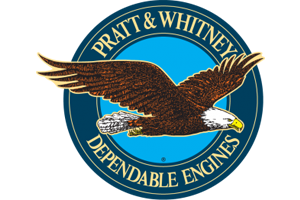 “At Pratt & Whitney, we are in a very competitive industry and our continued success depends on our people driving innovation into every part, process and service,” said Carter. “Our customers have depended on Pratt & Whitney innovators literally for generations, and with the GTF, they can continue to count on us for the next generation.”
“At Pratt & Whitney, we are in a very competitive industry and our continued success depends on our people driving innovation into every part, process and service,” said Carter. “Our customers have depended on Pratt & Whitney innovators literally for generations, and with the GTF, they can continue to count on us for the next generation.” nation at the forefront of global technology and economic leadership.
nation at the forefront of global technology and economic leadership.
 The five dimensions, mentioned above, were weighted to determine an overall score on a 100 point scale using thirty relevant metrics including the cost of living, rate of home ownership and insurance, average student loan debt, voter turnout rate, unemployment rate, percentage diagnosed with depression and the average price of a latte at Starbucks.
The five dimensions, mentioned above, were weighted to determine an overall score on a 100 point scale using thirty relevant metrics including the cost of living, rate of home ownership and insurance, average student loan debt, voter turnout rate, unemployment rate, percentage diagnosed with depression and the average price of a latte at Starbucks.


























